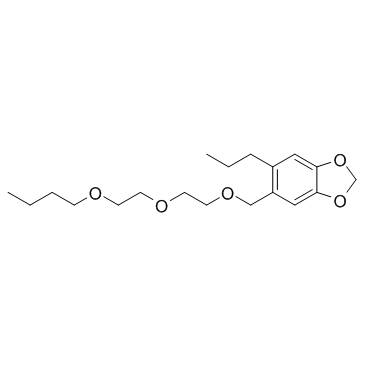| Structure | Name/CAS No. | Articles |
|---|---|---|
 |
heptachlor
CAS:76-44-8 |
|
 |
Piperonyl butoxide
CAS:51-03-6 |